Pickleball paddle shapes 101: understanding the fundamentals
Understanding the fundamental characteristics of pickleball paddles begins with acknowledging that their shapes directly affect gameplay. The three main paddle shapes elongated, widebody, and standard offer distinct advantages and challenges, revolutionizing how players engage with the ball. Just as a different instrument produces a unique sound, each paddle shape renders a unique playing experience.
Pickleball paddle anatomy: deconstructing the design
Paddle design encompasses various aspects, including the paddle face, core material, grip, edge guard, and handle dimensions. Each of these components impacts performance significantly. The paddle face determines the quality of contact with the ball, while the core material influences power and control. Grips vary in thickness, affecting how the paddle feels in hand, and the edge guard protects the paddle from damage.
In essence, every element of a paddle serves to either enhance or limit performance. For example, a wider grip might suit players seeking stability but could sacrifice maneuverability. By dissecting the anatomy, players can pinpoint what features align with their goals on the court.
Official pickleball paddle size: USAPA regulations
For players seeking to remain within the rules of the game, understanding USAPA regulations is crucial. The governing body outlines specific dimensions for paddles. Typically, the official size for competitive play keeps the length around 15.5 to 17 inches, with width ranging from 7.5 to 8.5 inches. This regulatory framework ensures that all paddles offer a level playing field, but also layers an element of passion in personal preference.
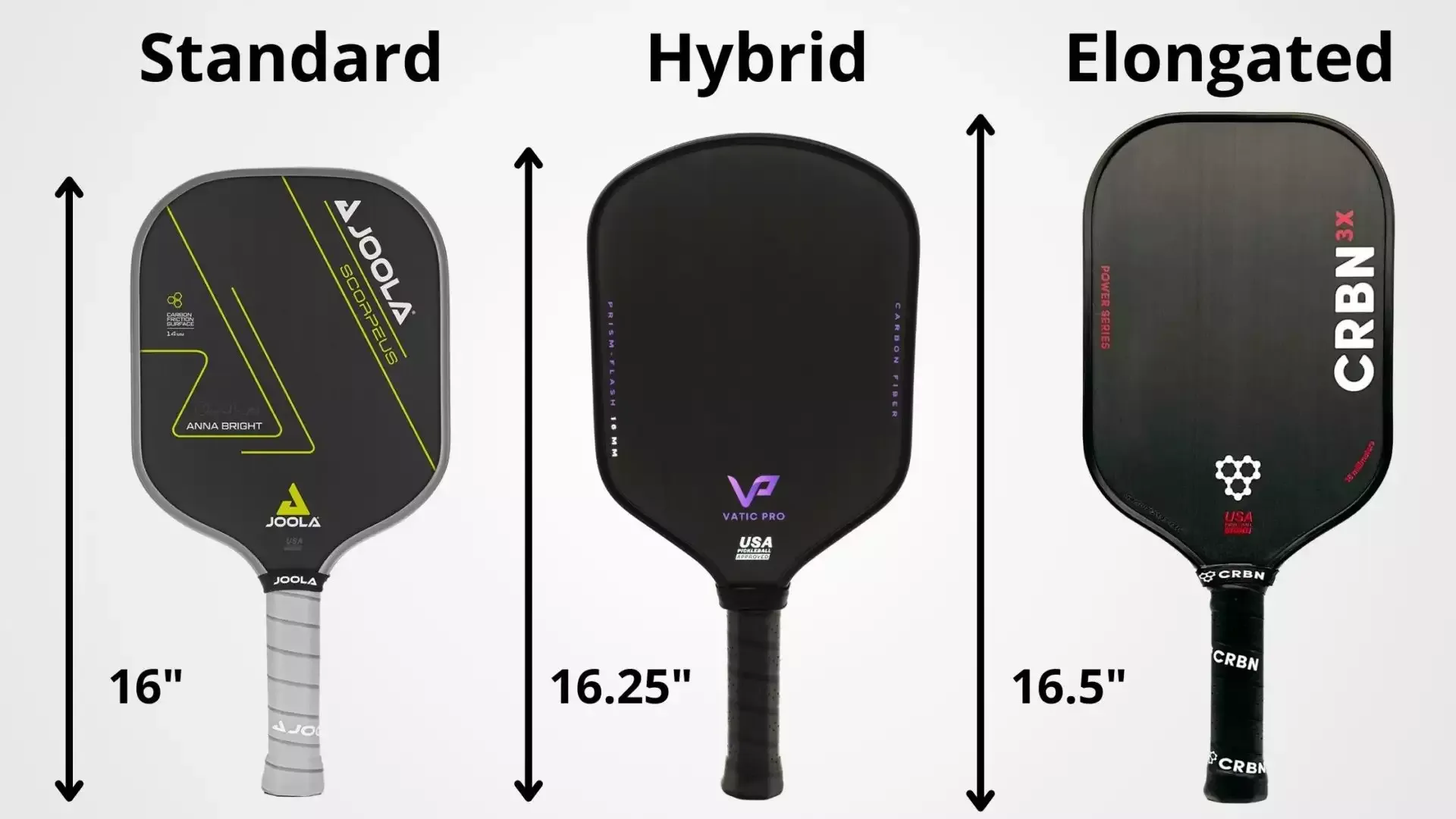
Exploring the core pickleball paddle shapes
Delving into the core shapes allows players to grasp the subtle nuances of paddle performance. Understanding your ideal paddle shape can transform your playing experience, whether you desire remarkable control, raw power, or a balanced fusion of the two.
Elongated pickleball paddles: reach and power
The elongated paddle is a popular choice among advanced players who thrive on aggressive play. These paddles typically measure between 16.25 to 16.75 inches in length, offering a narrower width of about 7.25 to 7.75 inches. The design leads to enhanced reach and power, enabling players to serve powerful shots, emulate spins, and execute distant volleys.
As players swing through the air, the leverage gained from the length of these paddles allows for explosive returns. A notable example is tennis players transitioning into pickleball, utilizing their experienced swings to detect opportunities for impactful exchanges. However, while the power potential is alluring, the trade-off lies in the smaller sweet spot. This characteristic demands acute precision, making them formidable yet less forgiving for mishits.
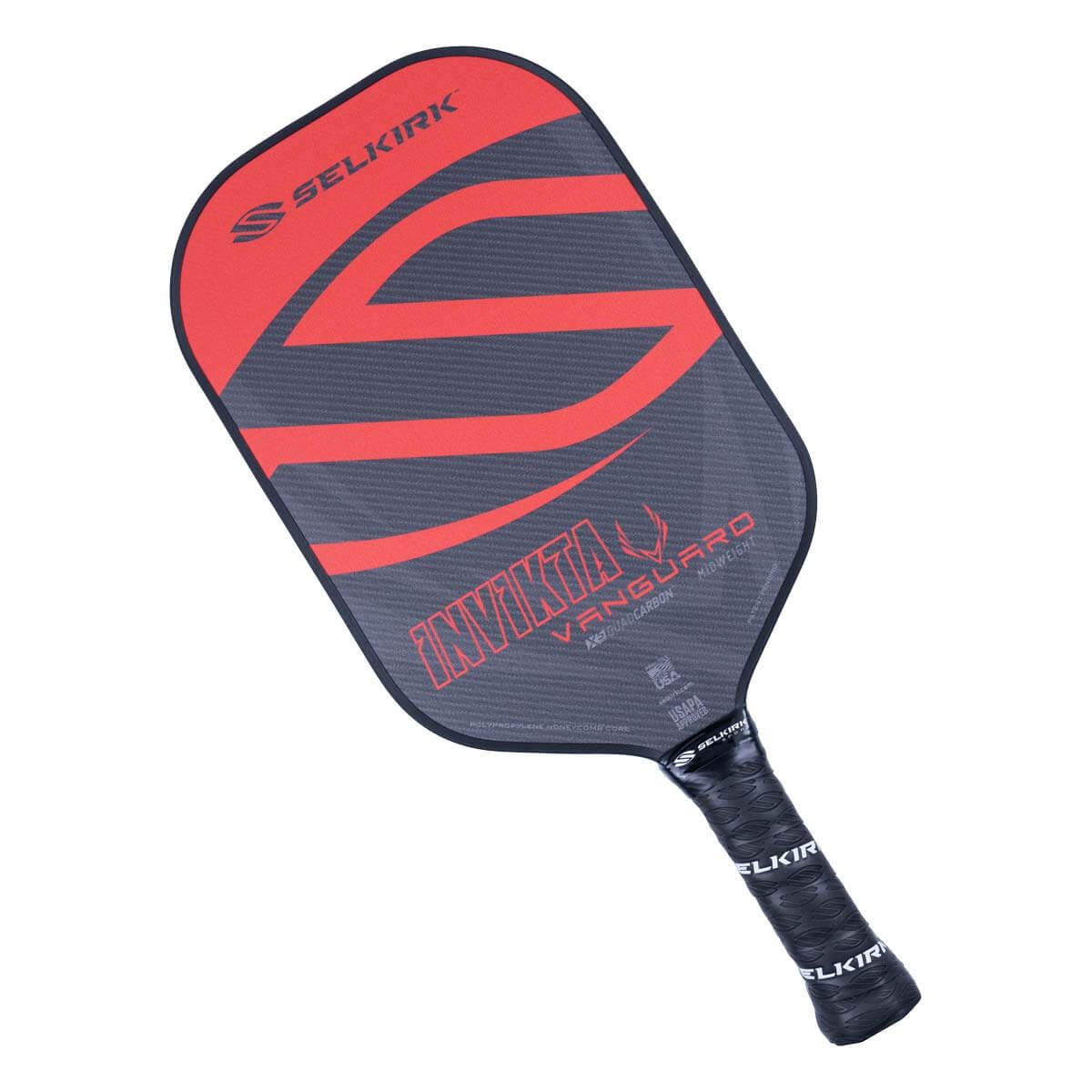
Widebody pickleball paddles: forgiveness and control
On the other end of the spectrum, the widebody paddle emerges as a go-to for beginners and those who value control. Typically measuring around 15.5 to 16 inches in length with a generous width of 8 to 8.5 inches, the wider hitting surface creates a significantly larger sweet spot. This design enhances forgiveness, allowing novices to focus on placement rather than power.
When beginners pick up these paddles, they can feel a greater sense of confidence. The stability offered by widebody designs brings a soothing familiarity for new players, who might still be grappling with the mechanics of the game. However, the trade-offs include a reduction in reach compared to elongated shapes, resulting in less inherent power potential. This balancing act becomes pivotal; while widebody paddles bolster control, skilled players might feel a constraint in driving shots deep into the court.
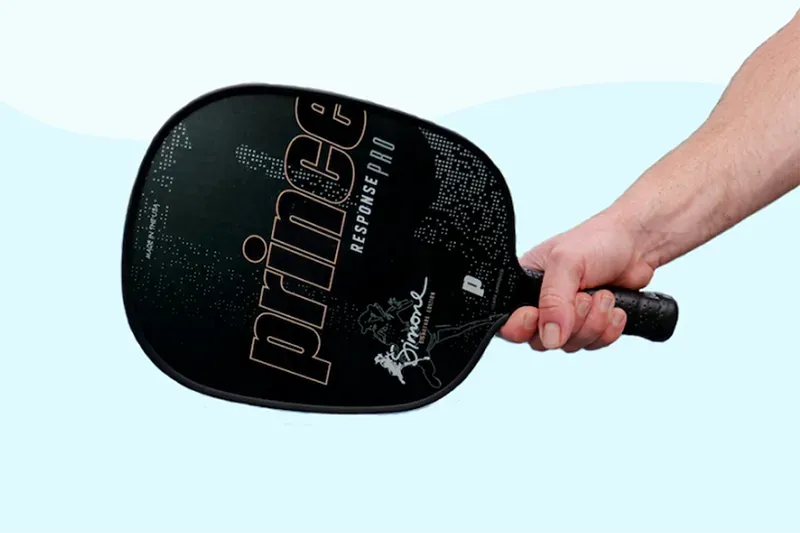
Hybrid pickleball paddles: the best of both worlds?
The hybrid paddle combines features of both elongated and widebody paddles. As a versatile option, hybrids are gaining popularity, especially among intermediate players seeking to refine their skills. By fusing the traits of reach and sweet spot size, hybrids promise to balance extended strokes while maintaining a forgiving surface for less precise strikes.
Notable models include the Double Black Diamond and Onix Z5, both celebrated for their dynamic features. However, hybrid paddles can be a double-edged sword. While they strive to encapsulate the best characteristics of both shapes, they may not excel in any particular arena, leaving players wanting more. A hybrid paddle can feel ideal for casual matches, but whether it supports intense competitive play is often subject to individual style preferences.
The impact of handle length on pickleball paddle performance
Once players choose a shape, they must consider handle lengths. Paddle handles differ significantly, influencing how players utilize their paddles. In particular, the length can yield dramatic shifts in control and leverage.
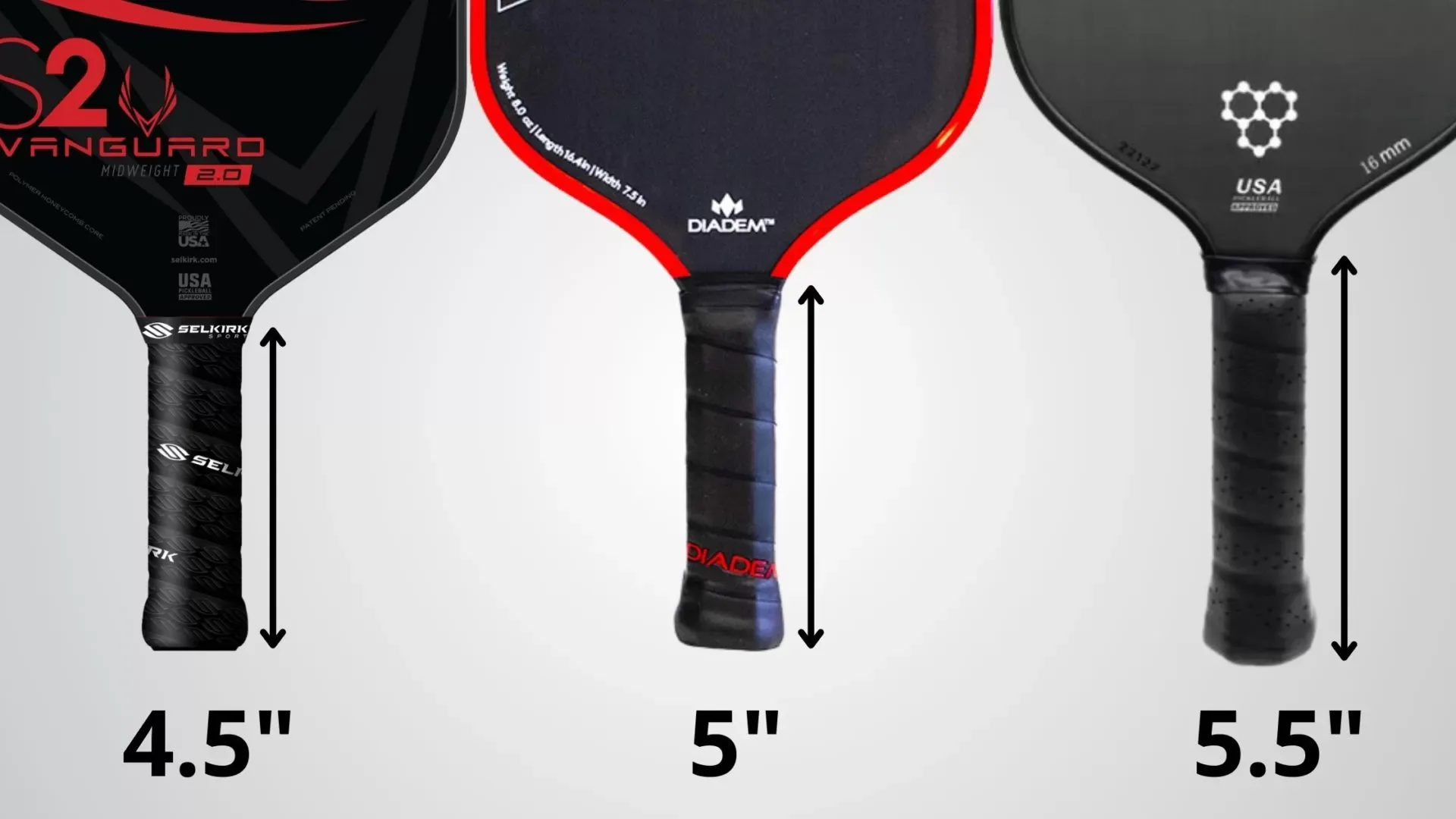
Short pickleball paddle handles: precision and quickness
Short handles provide a unique advantage for players who rely on quick reactions and precision. Much like table tennis, where agility rules the game, a short handle allows for fast flicks and rapid turns on the court. The tight grip keeps movements synchronized, enabling exquisite ball placements. Players accustomed to finesse rather than brute strength often gravitate toward these compact designs.
Long pickleball paddle handles: leverage and two-handed backhands
Conversely, longer paddle handles give players leverage for powerful shots and adaptability in two-handed backhand plays. Those who can afford the time to swing harder will find that a longer handle allows the utilization of the full kinetic chain, propelling swings deeper into the court.
Finding the right pickleball handle length: balance and feel
Ultimately, finding the right paddle handle length boils down to personal preference and comfort. The grip size should feel natural in hand, translating to a harmonious flow during play. Different lengths foster unique actions, demanding thoughtful experimentation to see what resonates with a player's natural grip and playstyle.
Decoding the sweet spot: size, shape, and location
The sweet spot is often heralded as the pinnacle of paddle performance. Understanding its intricacies leads to improved gameplay and a more gratifying experience on the court.
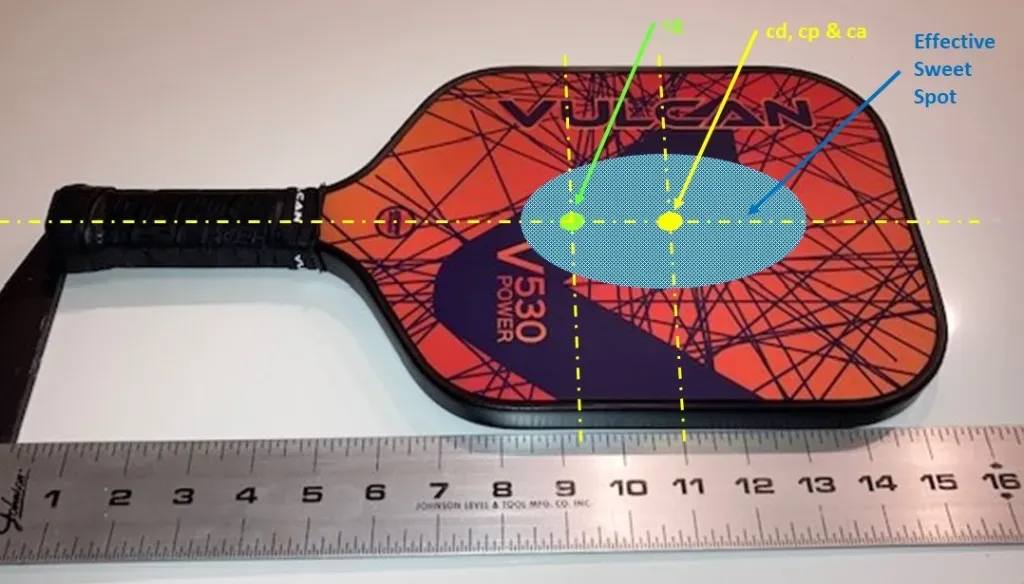
The science of the sweet spot: where physics meets performance
The sweet spot is characterized by optimal contact between the paddle and ball, where kinetic energy transfers efficiently. Understanding where this spot resides in various paddle shapes is crucial for curating a consistent hitting experience. Players who can tap into this physical science often find they maximize their potential during gameplay.
How paddle shape affects the sweet spot
Paddle shapes determine sweet spot sizes, locations, and forgiving characteristics. Elongated paddles, while providing power, yield a smaller sweet spot. In contrast, widebody paddles offer a broad swath of forgiveness due to their larger sweet spots. Understanding how each shape affects performance can guide players toward making better decisions when selecting their equipment.
Maximizing your sweet spot: tips for consistent hits
To bolster success, players should focus on developing a feel for where the ball contacts the paddle. Practicing consistent footwork and positioning leads to cleaner hits over time. Drills that emphasize sweet spot engagement can help players adapt their swings, enhancing overall mastery of their chosen paddle.
Pickleball paddle maneuverability and control: the science of swift reactions
Maneuverability is paramount in pickleball. The ability to react swiftly can often determine the game's outcome, and understanding how paddle design affects maneuverability becomes essential.
Torque and rotational inertia: physics on the court
Physics enters the realm once again, as torque and rotational inertia dictate paddle control. Lighter paddles allow for quicker reactions, while specific shapes bolster energy transfer during swipes. As players hone in on methodologies to maximize this, paddle choice significantly impacts their overall game.
Air resistance and paddle shape
The shape of a paddle also affects aerodynamics. Wider paddles may create more drag, slightly slowing down swings, whereas narrower paddles dance through the air with agility. Understanding these dynamics prepares players for calculating their strengths and weaknesses on the court.
Enhancing your pickleball paddle control: techniques and tips
Proper grip techniques, wrist actions, and quick hands can amplify player control with their paddles. Experimentation can unveil what combination of grip and stance resonates best for an individual. The fluidity with which a player can handle their paddle symbolizes their journey toward ultimate gameplay comfort.
Power and spin: unleashing your pickleball potential
Power generation is a multi-faceted equation where paddle shape and player technique coexist.
Leverage and distance: the physics of pickleball power
Specific paddles afford players different leverage points. The more distant a paddle is from the hand, the more potential there is for powerful shots. Dynamics evolve across shapes elongated paddles may favor thrust, while wider paddles emphasize precision.
Elongated vs. widebody paddles: a power play showdown
Comparing power across shapes becomes a riveting exploration. Elongated paddles may allow for stronger drives and spin potential, while widebody offerings excel in controlled play. Strike selection can drastically differ between these paddles, affecting adrenaline levels during competitive play.
Generating power with any pickleball paddle shape: technique matters
Regardless of paddle shape, fundamental technique dictates power. Masterful body mechanics, precise footwork, and cohesive swing paths determine how effectively power is translated. Players must prioritize practice above all power manifests through awareness and application during intense gameplay.
Matching paddle shape to player style: finding your game changer
Aligning a paddle shape with player dynamics serves as the crux of performance optimizations.
Aggressive pickleball players: dominate with power and reach
For aggressive players, elongated paddles reign supreme. These athletes push boundaries, maximizing shots with reach and power akin to a lion’s roar in the wild. They're inherently designed for players who prioritize offensive maneuvers and driving shots into the court with force.
Control-focused pickleball players: precision and finesse
Conversely, players who thrive on distribution and placement find happiness in widebody paddles. Their focus shifts from power to precision crafted strategies where control trumps brute force become their language.
All-court pickleball players: versatility and adaptability
Finally, all-court players benefit from hybrid paddles, adept in adapting their styles to meet game demands. Their capacity to transition between offensive and defensive play styles reveals the versatility contained within these paddle shapes.
Transitioning from other racquet sports to pickleball: finding familiar ground
In many cases, players transitioning from tennis or table tennis bring unique skill sets that can recharge competitive spirits on the pickleball court.
From tennis to pickleball: a natural progression
Tennis players often gravitate toward elongated paddles. Their built-up muscle memory translates well, fortifying aggressive maneuvers and natural swings.
From table tennis to pickleball: adapting your skills
On the flip side, table tennis players become deeply connected to widebody paddles. The need for swiftness in reaction encourages fast wrist movements, bolstering their confidence in placement.
Beyond the basics: advanced considerations for pickleball paddle shape selection
Once players have a grip on the foundations, they can pursue more intricate considerations in paddle selections.
"Blade" pickleball paddles: pushing the limits of reach
Blade paddles push the envelope when it comes to reach, often favored by advanced playmakers who want to manipulate distance. These specialty shapes bear similarities to elongated paddles, favoring quick, powerful strikes with its unique design.
Unique paddle geometries: rounded vs. square edges
Exploring ideal paddle geometry also entertains different feelings and performances. Some players prefer rounded edges for aerodynamics, while others find solace in the predictability of square edges.
The "ball dust trick" analyzing wear patterns
Understanding how ball dust differs across paddle shapes can showcase wear patterns, effectively informing players about sweet spot locations. Many experienced players embrace the ball dust trick for meticulous paddle selection.
Choosing your ideal pickleball paddle: the ultimate decision guide
Finally, as players chart their course toward the ultimate paddle decision, a structured approach becomes crucial.
Prioritizing your pickleball paddle needs: reach, power, control
Conducting a needs assessment is key. Whether reaching for power, control, or a balance of both shapes up the player’s path significantly.
Trying pickleball paddles before buying: the demo advantage
Engaging in demo sessions enables players to experience the allure of various paddles before official purchases, fortifying their decision-making.
Consulting with pickleball paddle specialists
Reaching out to paddle experts or professional recommendations can enlighten players on what connections might best serve their game needs.
The "feel" factor: the subjective experience of pickleball paddle shapes
The world of pickleball is often influenced by intangible sensations players experience on the court.
"Connectedness" to the ball: sensation and control
Players often discuss the profound connectedness they feel when they make a perfect strike. This sensation can cultivate deeper engagement with paddle shapes, providing invaluable confidence during play.
"Swing signature": rhythm, flow, and comfort
Conversely, the swing signature profoundly influences comfort during gameplay. Diverse shapes create rhythmic swings players should remain attuned to their personal cadence on the court.
In conclusion, navigating the landscape of pickleball paddle shapes unveils a rich tapestry of options that resonate with players across all skill levels. From elongated paddles that offer depth and power to widebody designs emphasizing control and elegance, each paddle shape holds a unique power to elevate gameplay. Always remember that choosing the right paddle is a personal journey; explore, experiment, and engage with experts along the way to discover a match that feels just right for you. Explore various paddle models to find your perfect companion in this exhilarating sport, and enhance every serve, volley, and match point on your pickleball journey.










